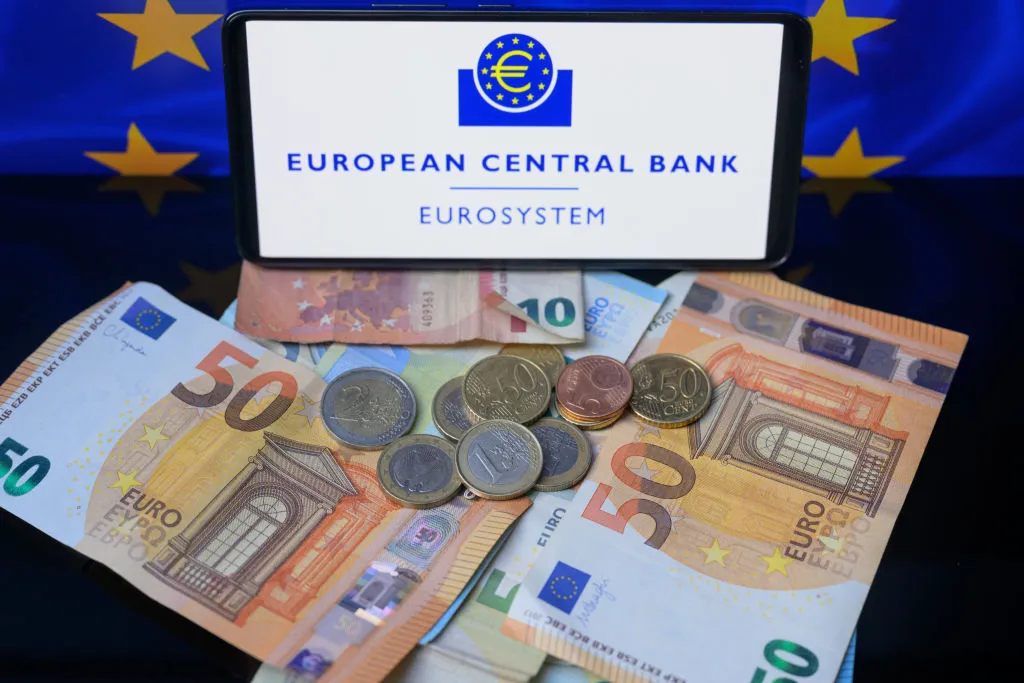HashCash Founder Backs Crypto and Fiat Coexistence Amid Digital Euro Development

Bitcoin and digital euro can live together, according to HashCash founder Adam Back
, Key Takeaways
- HashCash’s founder Adam Back believes Bitcoin and digital euro could coexist without being in direct competition with each other.
- Back compares Bitcoin to gold, arguing that it has similar properties such as scarcity and immutability.
- He believes that younger generations are more likely to adopt crypto than older generations, as they are more familiar with digital assets.
Adam Back, well-known British cryptographer, and creator of the HashCash system used in Bitcoin mining, is sure about a possible coexistence of Bitcoin (BTC) and a digital coin issued by the European Central Bank. He said: “I don’t see much competition between the digital euro and Bitcoin.”
Central banks’ digital coins took the headlines recently, in particular after moves from China and the ECB. But it looks like they’re still in an early stage or, to be more precise, in a talking phase.
Bitcoin Means Gold
The co-founder and CEO of Blockstream, interviewed at a crypto event in Lugano, Switzerland, explained: “Satoshi Nakamoto’s crypto asset has above all the nature of digital gold. This, beyond being a medium of exchange, is the relevant characteristic.”
And why? Physical gold can even be thought of as a technology, according to him. Back says people need specific techniques to find it, extract it, and process it. The technological elements are present in Bitcoin itself. Which, in this sense, can be considered its replacement in the digital world.
He said: “The yellow metal is justified as a financial asset because, precisely, it is scarce. A characteristic which, among other things, implies high costs for its extraction. Well: beyond the fact that Bitcoin is set to have a limited supply, in the digital world everything is scalable and replicable.”
So, consequently, it is not possible to “recreate” the element of scarcity. So how can we give a digital asset this condition in the real world?
Back has an answer: “Through the high costs, the high energy work, necessary to carry out the validation of transactions. In other words: mining. This is why Bitcoin is digital gold. An asset characterized by scarcity, immutable and authentic thanks to the blockchain, which can also be transferred over long distances and stored at little expense.”
Fears Of Misuse
Back makes a premise: Bitcoin presupposes in-depth knowledge and awareness of its mechanisms and risks. It is the Cypherpunk approach whereby everyone must be free, but also responsible, for their actions, for how they invest.
He said: “Beyond that, I’m still convinced by the nature of Bitcoin – he said -. Upon closer inspection, it is not just about the fact that Bitcoin has a deflationary nature and that, this year, there is a halving. But also the observation that there are many risks on the table: from the wars in Ukraine and Palestine to the unknowns regarding the growth of the global economy. A context where Bitcoin can constitute a good risk hedge.”
In this respect, one fact must be underlined: many failed projects and companies were connected to each other. This created a domino effect. Now, however, this has decreased overall and the system has become less risky.
Back added that his fear is that “approaches like the one implemented in China will be taken as examples to follow. In that situation, micro-transactions are also checked. The information which, among other things, is then used to create programs such as the social credit score”.
He described is as “a dystopian scenario to avoid”.
The theme, in general, is that of micro-controls on the operation and use of money. The step towards pervasive systems that limit privacy is a short one. All this must be avoided, according to HashCash founder.
Too Early To Draw Conclusions
Drawing conclusions at this stage is premature, given the intricate nature of reality, according to Back. The dynamics vary in states grappling with a feeble economy and soaring inflation rates, leading to increased adoption.
Back said: “Consider Argentina or Venezuela, where the adoption rate is notably high. Conversely, in other regions like Europe or the United States, Bitcoin is more closely tied to price fluctuations, reflecting a cultural influence.”
For individuals unaccustomed to personally managing assets for risk mitigation, concepts like gold or Bitcoin may not immediately come to mind. However, in countries such as India, with a rich tradition in precious metals and a historical affinity for mathematics and technology, Bitcoin is more likely to be considered a store of value.
The landscape further shifts when considering the newer generations. While young individuals may have never dabbled in stock trading, Bitcoin is a familiar entity. These digital natives effortlessly grasp the notion of something holding value in the digital realm.